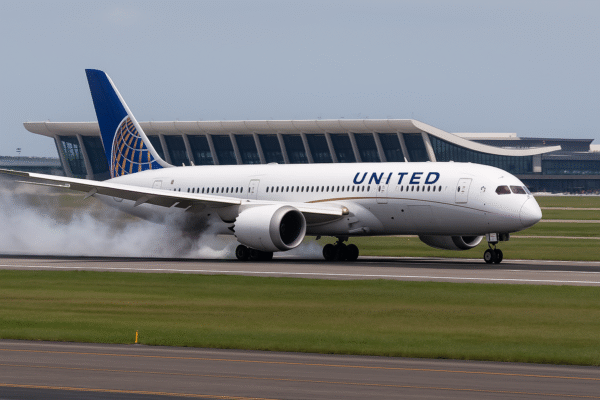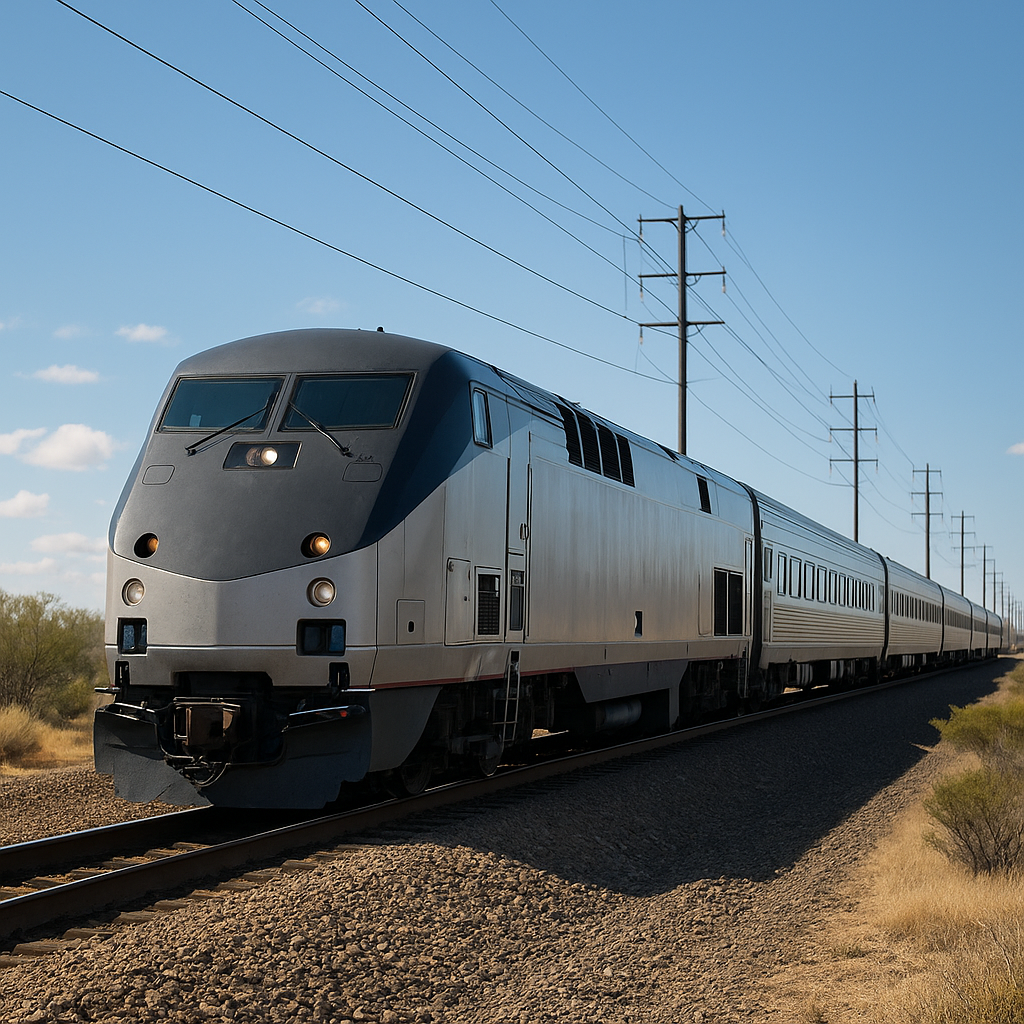In a move poised to reshape regional transportation, Amtrak has announced a groundbreaking new intercity rail service connecting Ronkonkoma Station on Long Island directly to New York City’s Penn Station and ultimately to Washington, D.C. This marks the first direct intercity rail service for Long Island in over 80 years—an historic development for both daily commuters and long-distance travelers in the region.
With three daily round-trip services planned initially, the new Amtrak line will streamline travel for millions residing in Nassau, Suffolk, and Queens counties. The train will run along the Long Island Rail Road (LIRR) Main Line and Ronkonkoma Branch, with key stops including Jamaica and Hicksville—crucial junctions that will enhance accessibility to major airports such as JFK and Long Island MacArthur.
Addressing Long Island’s Growing Travel Needs
Long Island, home to over 5.4 million residents, has long lacked a direct intercity rail connection. Traditionally, travelers have been required to take the LIRR into Penn Station, then transfer to Amtrak services—a process often riddled with delays and inefficiencies. This new service will eliminate that hassle, offering a seamless, time-saving solution.
By linking Ronkonkoma directly to Amtrak’s Northeast Corridor, which stretches from Boston to Washington, D.C., this new line not only expands regional mobility but also introduces Long Island to one of the nation’s busiest and most economically vital rail corridors.
Environmental Benefits and Commuter Relief
The environmental and logistical benefits of this service are significant. By offering an attractive alternative to highway travel—especially during peak rush hours—the rail line is expected to reduce car usage on congested routes such as the Long Island Expressway (I-495) and Grand Central Parkway. This, in turn, will cut down on greenhouse gas emissions and reduce the stress placed on aging road infrastructure.
Moreover, passengers can expect a reliable and comfortable ride, making the train an appealing option for commuters, tourists, and business travelers alike. With modern amenities, onboard Wi-Fi, and smooth, uninterrupted travel, Amtrak’s service sets a new standard for regional rail in the Northeast.
Partnership with Federal Railroad Administration
The initiative is being developed in close cooperation with the Federal Railroad Administration (FRA) through the Corridor Identification Program, which prioritizes rail expansion projects critical to national infrastructure development. Joint funding from Amtrak and the FRA underscores a shared commitment to delivering future-ready transportation that aligns with state and federal climate and mobility goals.
The new service also supports the U.S. Department of Transportation’s mission to build a cleaner, more equitable transport system. By offering an alternative to short-haul flights and car journeys, the route contributes to decarbonizing America’s transportation network.
Boosting Local and Regional Economies
Economic impact is another compelling aspect of the new Amtrak line. The direct connection between Long Island, Manhattan, and Washington D.C. will encourage both tourism and commerce, helping revitalize downtowns, boost hotel bookings, and support local retail near train stations.
This expanded service opens up Long Island to business travelers, students, and tourists who would otherwise bypass the area due to lack of efficient transit. Cities like Washington and New York will also benefit from the increased traffic, thanks to easier access for suburban travelers.
A Future-Focused Investment in Rail Infrastructure
The Ronkonkoma–Penn Station–Washington D.C. line is part of Amtrak’s broader Northeast Corridor upgrade, which includes plans to replace aging infrastructure, improve train speeds, and introduce greener technologies. The initiative reflects Amtrak’s strategy to build intermodal hubs and connect regional lines with major corridors, paving the way for a national rail renaissance.
If successful, this model could be replicated in other underserved suburban areas around the U.S., providing a blueprint for integrating local and intercity rail systems into one cohesive network.
Enhancing Air Travel Connectivity
The new service will significantly benefit air travelers as well. With Jamaica Station providing direct links to JFK Airport via the AirTrain, and Ronkonkoma’s proximity to Long Island MacArthur Airport, the route acts as a multi-modal transportation connector, integrating air and rail travel more efficiently.
This positions Amtrak not just as a ground transport provider, but as a crucial part of a broader mobility ecosystem that includes aviation, transit, and last-mile connectivity.
Conclusion: Transforming Northeast Corridor Travel
The planned Amtrak service linking Ronkonkoma Station to Penn Station and onward to Washington, D.C., is a game-changing step toward more sustainable, accessible, and efficient transportation in the U.S. Northeast.
For Long Island residents, this means greater convenience, fewer transfers, and quicker travel to key destinations. For the region, it means reduced congestion, lower emissions, and stronger economic ties between suburban and urban centers. And for Amtrak, it marks another leap forward in its mission to build a world-class intercity rail system fit for the 21st century.
As America’s transportation needs evolve, Amtrak’s new Long Island intercity line may become a national model—blending smart infrastructure, environmental stewardship, and regional growth into one bold, high-speed solution.
For more travel news like this, keep reading Global Travel Wire






















